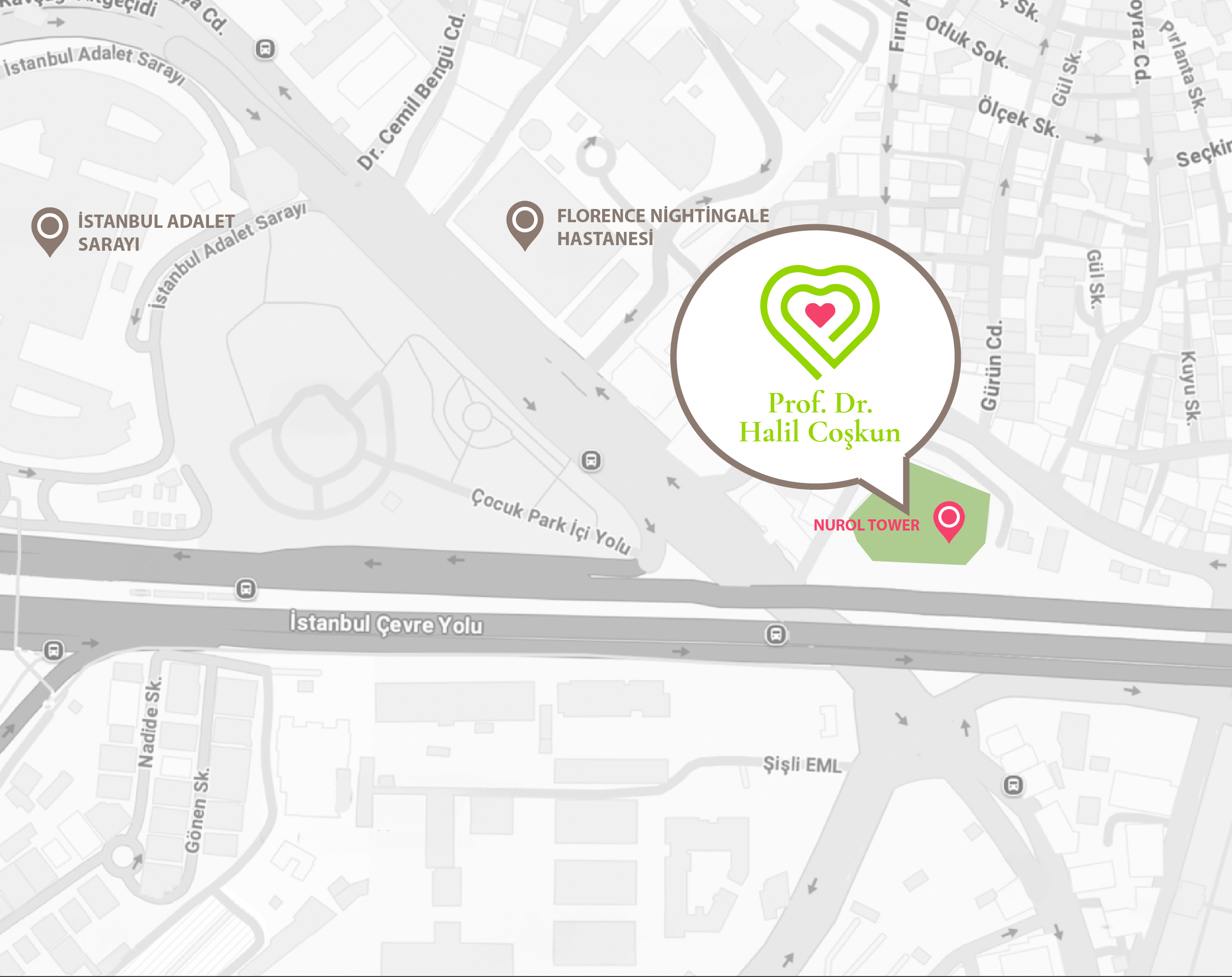What is Endoscopic Sleeve (Endo-Sleeve)?
 Endoscopic Sleeve (also known as Endoscopic Sleeve Gastroplasty (ESG)) is a non-surgical, endoscopic procedure used in the treatment of obesity. In this method, under general anesthesia, an endoscope is inserted through the mouth to access the stomach, where the stomach volume is reduced using special suturing devices.
Endoscopic Sleeve (also known as Endoscopic Sleeve Gastroplasty (ESG)) is a non-surgical, endoscopic procedure used in the treatment of obesity. In this method, under general anesthesia, an endoscope is inserted through the mouth to access the stomach, where the stomach volume is reduced using special suturing devices.
The goal is to reduce the amount of food intake by changing the shape and size of the stomach, thus achieving weight loss. Unlike other surgeries, no incisions are made in the abdominal wall, making this procedure less invasive than traditional sleeve gastrectomy.
How Effective is it for Weight Loss?
After the endoscopic sleeve procedure, patients can lose an average of 15-20% of their excess weight within 12 months. This rate is lower compared to traditional surgical sleeve gastrectomy.
The weight loss process is directly related to the patient’s:
- Dietary compliance,
- Lifestyle changes,
- Regular participation in follow-up protocols
What Happens if Endo-Sleeve Fails?
The endoscopic sleeve procedure can fail. The main reasons for failure include:
- Loosening of the sutures inside the stomach over time
- Displacement or opening of the sutures
- Inadequate nutrition and behavioral compliance
In such cases, weight regain may occur. If the patient is suitable, the second stage may involve a transition to a traditional laparoscopic sleeve gastrectomy. However, this transition requires a different technical approach and should be planned by experienced surgeons.
Is Endoscopic Sleeve (ESG) a True Alternative to Surgery or a Delay Trap?
For more information on this, you can read our blog post. Endoscopic Sleeve Failure
What Are the Risks of Endoscopic Sleeve?
While the procedure is generally considered safe, the following low-risk complications may occur:
- Nausea, abdominal pain, bloating
- Temporary stomach cramps
- Damage to the stomach wall
Endoscopic sleeve (Endo-Sleeve) is a method developed as an alternative to surgery in obesity treatment. However, it is not suitable for everyone. Weight loss rates are lower than surgical methods, and the procedure requires a high level of compliance with lifestyle changes post-operation.
Therefore, it is essential that an evaluation is performed by an expert team, and the decision is made using a multidisciplinary approach to ensure the safest path for the patients.









